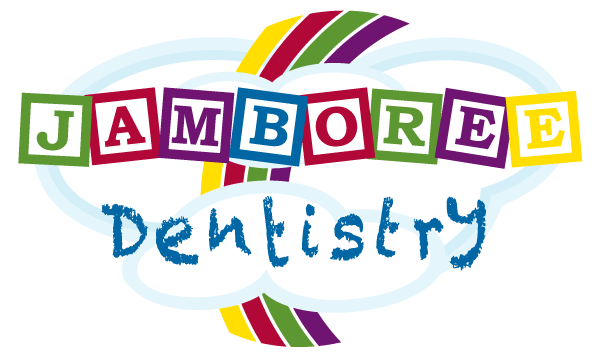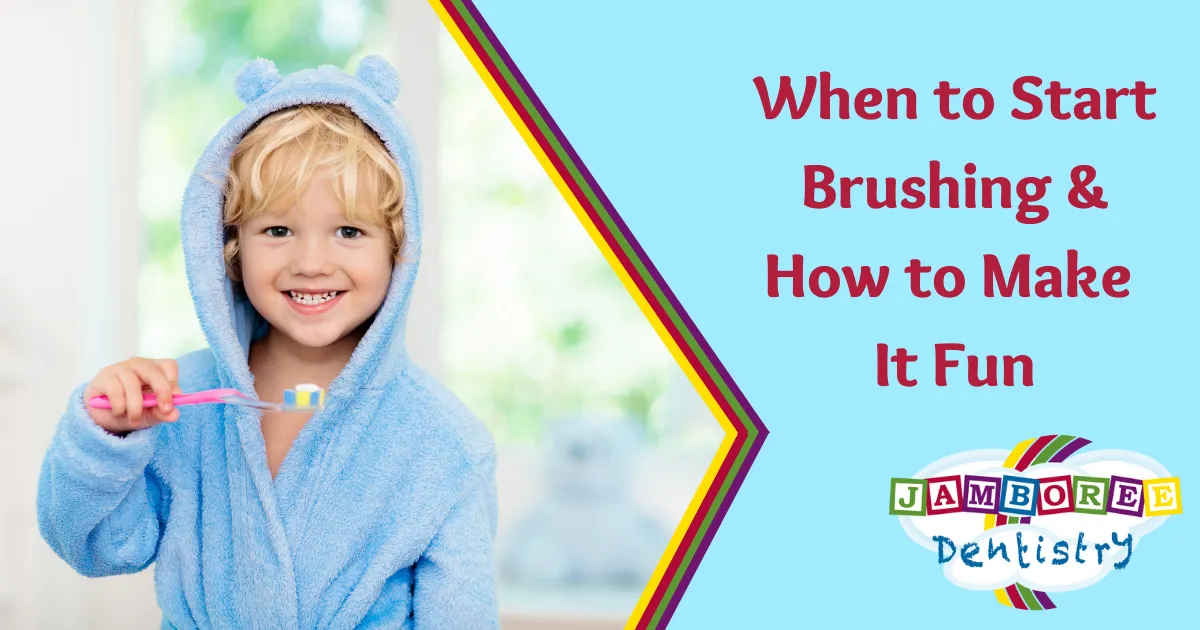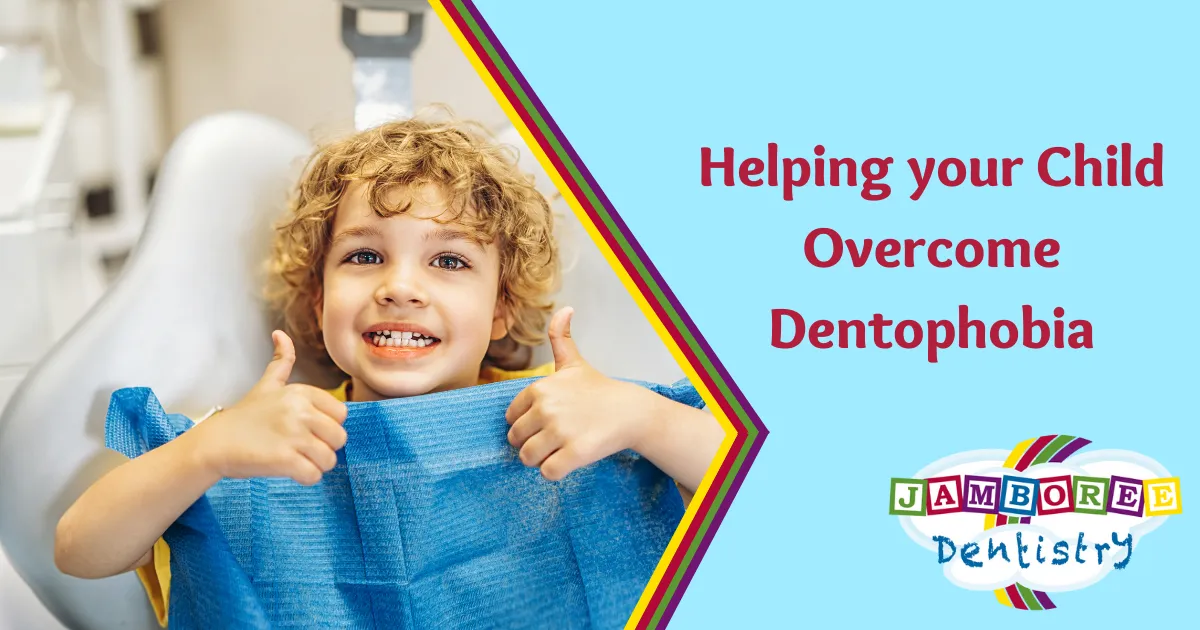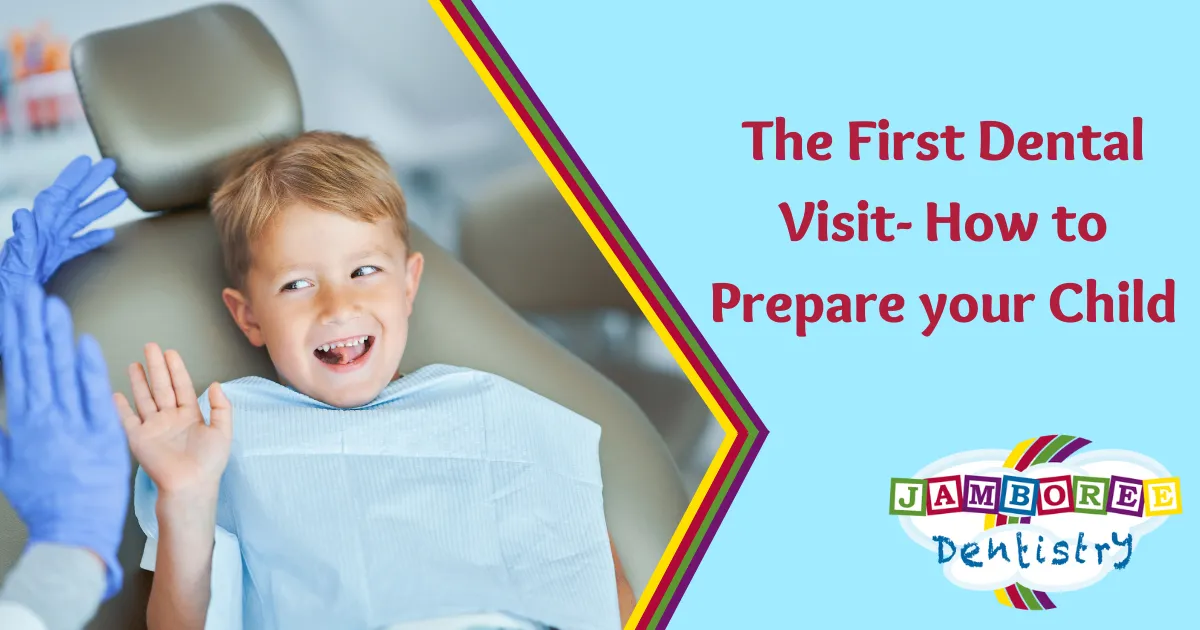Your child’s oral hygiene is essential, and of course, you are making sure they brush twice a day. Are they flossing as well? Flossing is a crucial part of your child’s overall oral hygiene as it is the only way to reach the food particles stuck between the teeth. It is just as important to floss baby teeth as it is with permanent teeth. We’ve compiled a list of tips to make flossing easier for you and your child.
Assist Your Child
Brush and floss your preschooler’s teeth and supervise the brushing and flossing of school-age children until they are 7 to 8 years of age.
Use a Holder
Flossing might be a little challenging without the use of a floss holder. Floss holders may make flossing easier for little fingers that have trouble holding the floss.
Don’t Forget to Rinse
You might be tempted to floss and then call it a day, but your child should rinse their mouth out with water after flossing.
Floss, Then Brush
It might sound like a good idea to floss your child’s teeth after they brush, but they should floss before brushing. This helps loosen the food debris between the teeth, which is then brushed and rinsed away.
Be Gentle
Gently slide in between teeth using a gentle rubbing motion, being careful not to “snap” the floss through the teeth. Hold the floss tightly against the tooth and gently rub the side of the tooth, moving the floss away from the gum with up and down motions.
Floss Daily
You should begin your child’s daily flossing once their teeth touch each other. This usually occurs when they are about 2.5 years old.
Get More Tips From Us
By age 5, nearly 60 percent of kids have had tooth decay. While most parents and caregivers are aware of the importance of brushing, it’s only part of the puzzle in preventing tooth decay. Flossing is an often overlooked part of the puzzle. For more information about proper oral hygiene and to book your child’s next appointment, contact us.




